This signed painting by Frédéric Charles Jung presents a still life where metal, earthenware, and fruit interact with elegance.
A large overturned copper cauldron holds a bouquet of red apples, their shiny flesh contrasting with the warm patina of the metal. In front of it, a blue-and-white faience plate supports three twisted quinces, whose acidic greens and yellows create a vibrant play of color.
To the right, two pitchers engage in a visual dialogue: in the foreground, a copper-toned metal jug with a pronounced spout catches the light and reflects golden highlights; just behind it, a heavier vessel in dark glazed terracotta provides a matte contrast.
In the background, barely sketched in deep brown, stands a dark glass bottle with a thick body and slender neck, discreetly extending the composition’s vertical line and enhancing the depth of field.
The brown backdrop, rendered with subtle glazes, enhances the volumes and textures—soft roughness, the satin of the fruits, and the glowing polish of the copper. Under an oblique light, Jung composes a harmonious dialogue between shadow and light, celebrating, in the manner of the 17th-century masters, the poetry of everyday objects.
Frédéric Charles Jung studied under Jean-Marie Reignier, then his successor Adolphe Louis Castex-Dégrange, at the École des Beaux-Arts de Lyon from 1882 to 1885. He began exhibiting in Lyon in 1886 and in Paris in 1905, earning a gold medal in Lyon in 1908. Jung specialized in still life painting but also produced a few landscapes. His style belongs to a post-Impressionist vein, blending academic tradition with a subtle exploration of light.







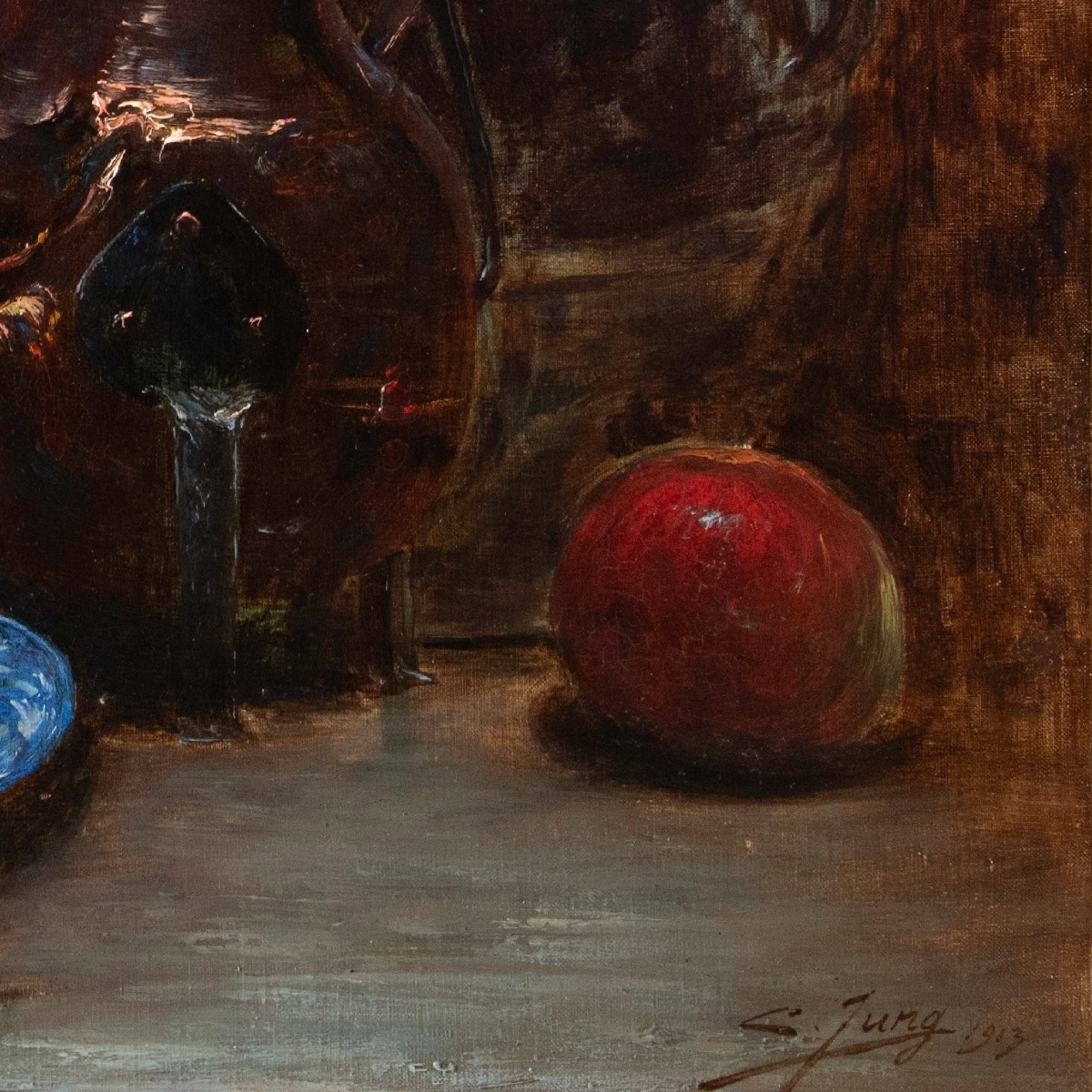











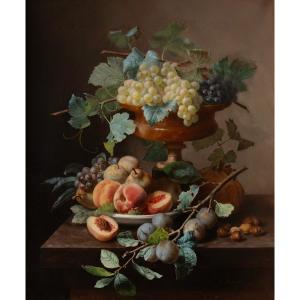







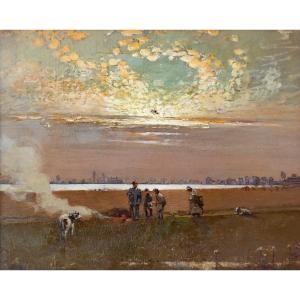



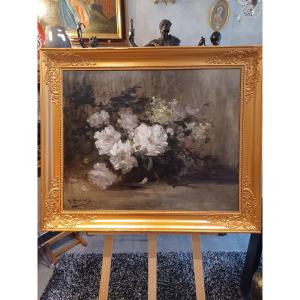


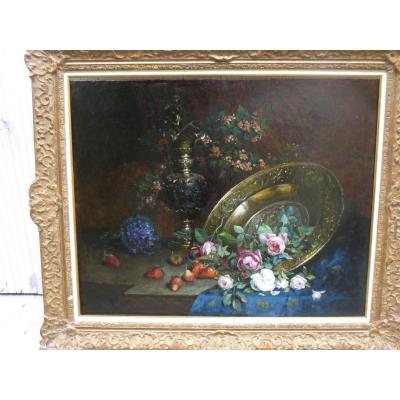



 Le Magazine de PROANTIC
Le Magazine de PROANTIC TRÉSORS Magazine
TRÉSORS Magazine Rivista Artiquariato
Rivista Artiquariato